Christa Kuljian’s latest book, Darwin’s Hunch, explores the important – and sometimes shocking – work South Africa’s famous palaeontologists, from Raymond Dart to Lee Berger, have contributed to our understanding of early man

Science, it seems, can be an enabler for some nasty behaviour. Research and results are, of course, important, but in some of the cases you discuss in the book, it is such studies that give permission for the awful treatment of some individuals.
Originally, I was interested in how science was shaped by context and the period in which people were studying, in ways that could not really be established at the time. Raymond Dart and Robert Broom, for instance, were shaped by the colonial thinking that said that humans could be treated as specimens, so they authorised themselves to do certain things in that light. The definition of the word ‘civilised’ is important at all times. Those people who may have more primitive societies still have much to teach people in supposedly more developed situations. I look at three eras of palaeontological studies in the book. There’s the colonial era, from 1920 to 1940, when the focus was ‘searching for difference’ – trying to find how man past and present differed, rather than how we were the same. From the Fifties to the Eighties, there was postWorld War Two thinking, after the Nazi experiments, and the UNESCO statement on race. And apartheid came into the middle of it, with the Population Registration Act and all the rest.
Bu hikaye Very Interesting dergisinin July - August 2017 sayısından alınmıştır.
Start your 7-day Magzter GOLD free trial to access thousands of curated premium stories, and 9,000+ magazines and newspapers.
Already a subscriber ? Giriş Yap
Bu hikaye Very Interesting dergisinin July - August 2017 sayısından alınmıştır.
Start your 7-day Magzter GOLD free trial to access thousands of curated premium stories, and 9,000+ magazines and newspapers.
Already a subscriber? Giriş Yap
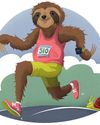
TAKE IT SLOW
Slow running is a fitness trend with some hard and fast science behind it
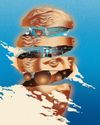
Physics, AI and music share a common thread. You just have to know where to look
Studying science can lead you in many directions and open doors to unexpected possibilities along the way
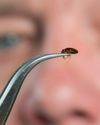
BED BUGS VS THE WORLD
When bloodthirsty bed bugs made headlines for infesting Paris Fashion Week in 2023, it shone a spotlight on a problem that's been making experts itch for decades: the arms race going on between bed bugs and humans
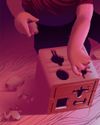
Kids are the key to understanding obesity. But we need more of their genes...
We can unravel the role that bodyweight plays in disease, but we need a bigger, more diverse, sample of genetic material to do so

COVID inquiry: What did we learn and what can we do better in future pandemics?
Masks, social distancing, lockdowns... how effective was the UK's response to the COVID-19 pandemic?
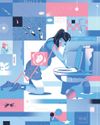
One hormone could be the key that unlocks a cure for morning sickness
The nausea and vomiting that, in extreme cases, can endanger mothers and babies might soon be just a memory

THE WORLD'S WEIRDEST CREATURES
Under the sea and upon the land, some animals look - to us - pretty strange...
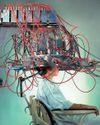
WHEN MIND AND MACHINE COLLIDE
First, Elon Musk wanted to make electric cars ubiquitous, then he wanted to make space exploration a private enterprise. Now, with Neuralink, his newest venture, Musk hopes to merge humans and artificial intelligence. Turns out, it might not be such a crazy idea...
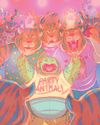
COME OUT OF YOUR SHELL
Social anxiety is more than just being shy. It's a phobia born out of our evolutionary past. But that raises a puzzling question: why do so many of us fear human interaction when we're supposed to be the most sociable species on the planet?

SPACE ODDITIES
Take a tour of the weirdest spots in the universe, where the 'normal' rules don't apply. Places that squeeze time, blow bubbles and even rain glass... sideways